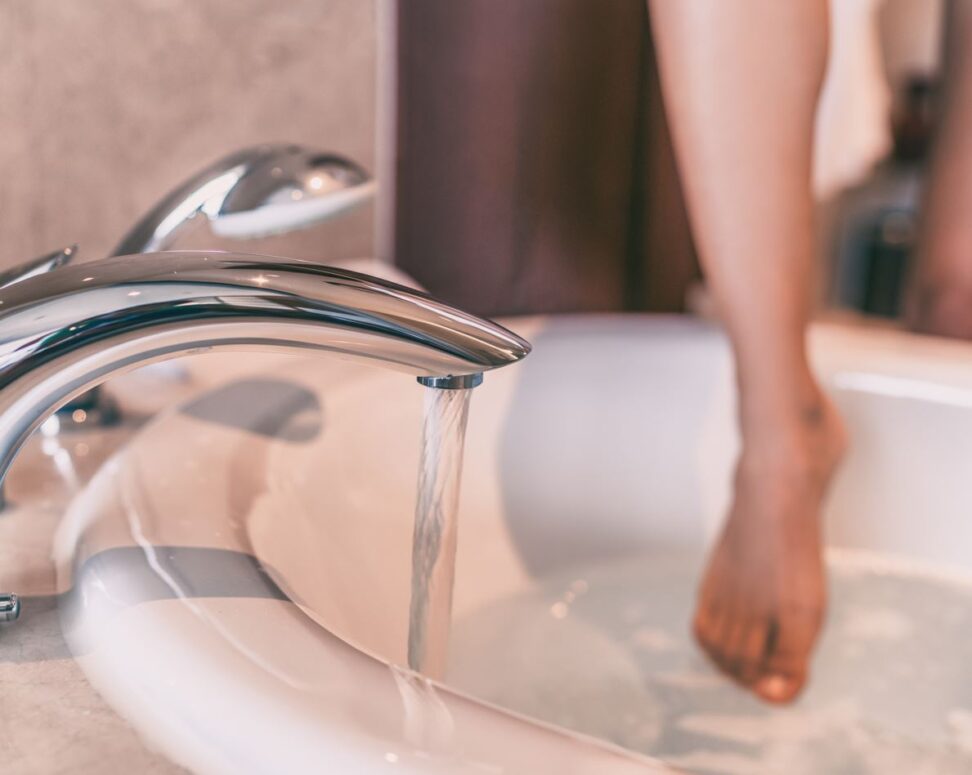Guest Post by Austin Foxton
Some use lukewarm water in washing their clothes.
In other instances, hot water is used in cooking methods such as poaching and boiling.
In many cases, people use hot water to decontaminate utensils to maximize cleaning the kitchen.
If you’re planning to install a new water heater, you may consider knowing the typical hot water problems.
Doing so will help you anticipate the issues you might meet along with hot water use.
Fortunately, here’s an article that could help you know more of the bits and pieces of the hot water problems and the ways to resolve them.
1. Temperature Issues
Typically, a faulty thermostat or tempering valve causes water temperature issues.
When the water becomes piping hot, the thermostat is either set too high or already broken.
The temperature should be :
-
- Above 60°C in the water heater to prevent bacteria growth.
- A maximum of 50°C at the outlets of each shower head or tap
Adjusting or replacing the thermostat or the tempering valve could address this issue.
Sometimes, the water heated isn’t hot enough, or it takes a long time before the water gets adequately heated.
If this repeatedly happens to your water, you may check the cold and hot connections as well as the thermostat.
You could also turn off and on the hot water faucet to check whether the heating element functions appropriately.
Usually, light indicators are on when the heating portions are working.
If the indicator is off, the heater on any of its components may have a serious problem.
Suppose you’re in Sydney and you need assistance with your hot water’s temperature issues.
In that case, you may contact a professional Hot Water Service Sydney to help you solve your problem.
2. Foul Odour
Smelly water isn’t ideal for any household use, particularly bathing and cooking.
Generally, the foul odour is a clear indication of bacterial infestation.
This way, using the water may cause health problems like skin irritation and gastrointestinal diseases.
If you want to prevent these problems from happening, always check whether your water starts to smell bad.
When they already release foul odour, you may try to flush all the water down its tank.
If this solution challenges you a lot, you may seek the help of a professional plumber.
3. Loud Noises
When you heat water for washing dishes or bathing, you may hear a clunking noise.
These may be a sign of accumulation of sediments and particles at the bottom of the tank or heater container.
The best way to avoid such noises is to pour the water out of the container or flush it down if it applies to the water heater’s model.
4. Water Leaks
When leaks happen, there’s an obvious problem with either the tank or the heater, even if the heater is off.
A crack or chipped portion may be the cause of this issue. In other cases, it could be a valve.
To solve this problem, you could start with turning off the water supply, then shut off the power source. For gas-powered heaters, close the gas supply by turning the valve clockwise. For electric water heaters, flip the breaker off.
After turning off the supplies and power sources, you may start checking the following parts:
-
- water inlets
- relief valves
- drain valves
- internal tanks
- water outlets
When you discover any of these parts cracked or broken, use a pipe wrench to tighten the connections.
If the tanks are corroded, you better replace them with new ones.
If other portions continue to leak after tightening the valves and lines, repeat the checking process. After, replace the parts which are necessary to be changed.
Wrapping Up
High-quality hot water systems are less prone to chipping and cracking.
Typically, the biggest factor is the type of materials that make up the system.
If that’s the case, choose carefully the type of water heater you’re installing into your house.
After setting up the hot water system, you could ensure that it works perfectly through maintenance check-ups.
This way, you’ll identify the early signs of troubles you could immediately address.
Suppose you’re already checking your water heaters more often than before.
Yet, problems still show up even if you run preventive maintenance for them.
In that case, you may consider replacing the parts that aren’t functional anymore.
You could try to fix these issues on your own. However, you have the option to seek professional help if the problem is too big to handle.
